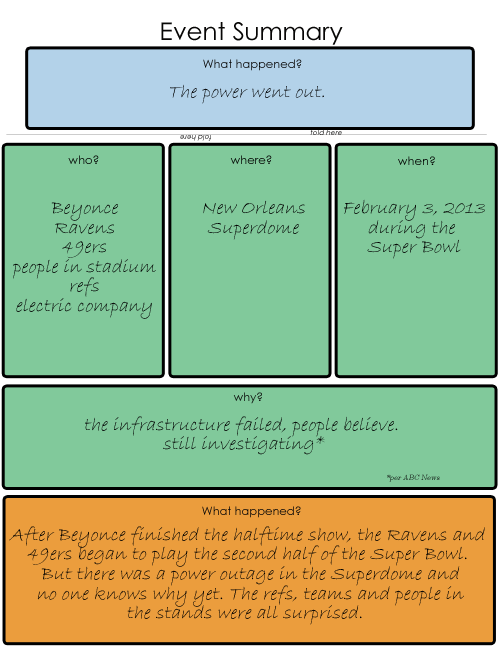Event summary
Post on: 17 Июнь, 2015 No Comment

Macro Event Summary: Unit Labor Costs
Macro Event Summary: Case-Shiller index
From Wikipedia:
The Case-Shiller Home Price Indices are constant-quality house price indices for the United States. There are multiple Case-Shiller home price indices: A national home price index, a 20-city composite index, a 10-city composite index, and twenty individual metro area indices.
The indices are calculated from data on repeat sales of single family homes, an approach developed by economists Karl Case , Robert Shiller and Allan Weiss. [1] Case developed a method for comparing repeat sales of the same homes in an effort to study home pricing trends. [1] He was using data from house sales in Boston in the early 1980s, which was going through a housing price boom. While Case argued that such boom was ultimately unsustainable, he had not considered the idea of comparing it to abubble. a now commonly-used term to describe similar market trends. [1] Case sat down with Shiller, who was researching behavioral finance and economic bubbles, and together formed a repeat-sales index using home sales prices data from other cities across the country. [1] In 1991, while Weiss was performing graduate studies under Shiller, he persuaded them to form a company, Case Shiller Weiss, to produce the index periodically with the intent of selling the information to the markets. Fiserv. an information management company, bought Case Shiller Weiss in 2002 and, together with Standard & Poor. developed tradable indices based on the data for the markets which are now commonly called the Case-Shiller index. [1]
Options and futures based on Case-Shiller index are traded on the Chicago Mercantile Exchange. [2]
The national index
The S&P/Case-Shiller U.S. National Home Price Index is a composite of single-family home price indices for the nine U.S. Census divisions. It is updated quarterly. The national index is normalized to have a value of 100 in the first quarter of 2000.
The composite and city indices
This index family includes 20 metropolitan area indices and two composite indices as aggregates of the metropolitan areas. These indices are three month moving averages. The composite and city indices are normalized to have a value of 100 in January 2000.
The indices are calculated monthly by Fiserv, Inc. — the company that owns and maintains the index and is published with a two month lag on the last Tuesday of every month. Fiserv can provide a deeper view of home prices, at the zip code level beyond the 10 or 20 Metropolitan Statistical Area (MSA) view used by S&P.














